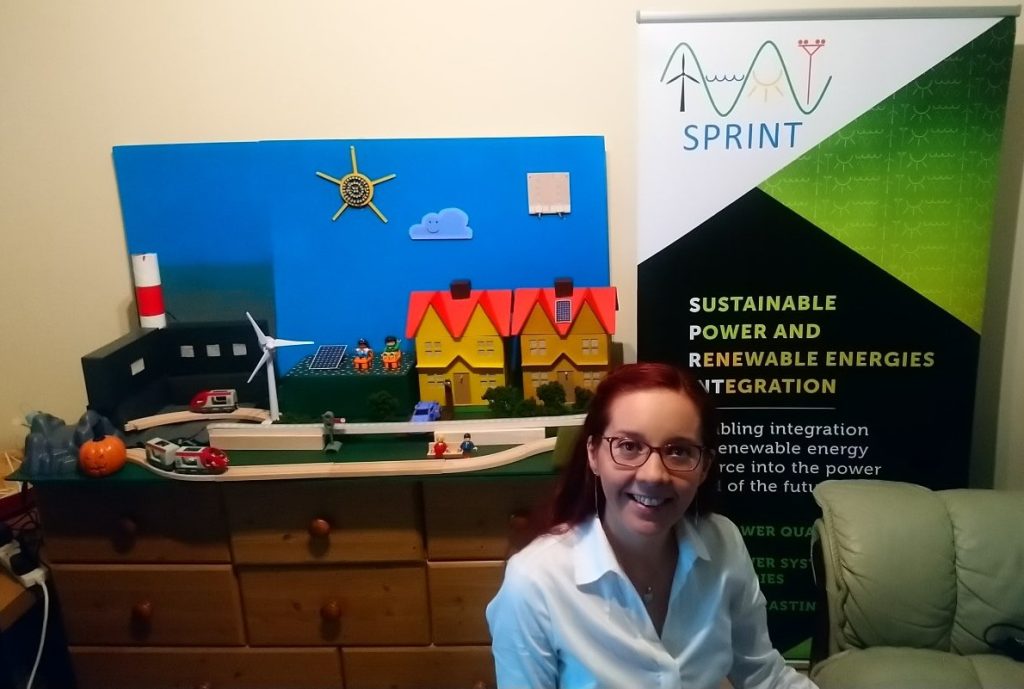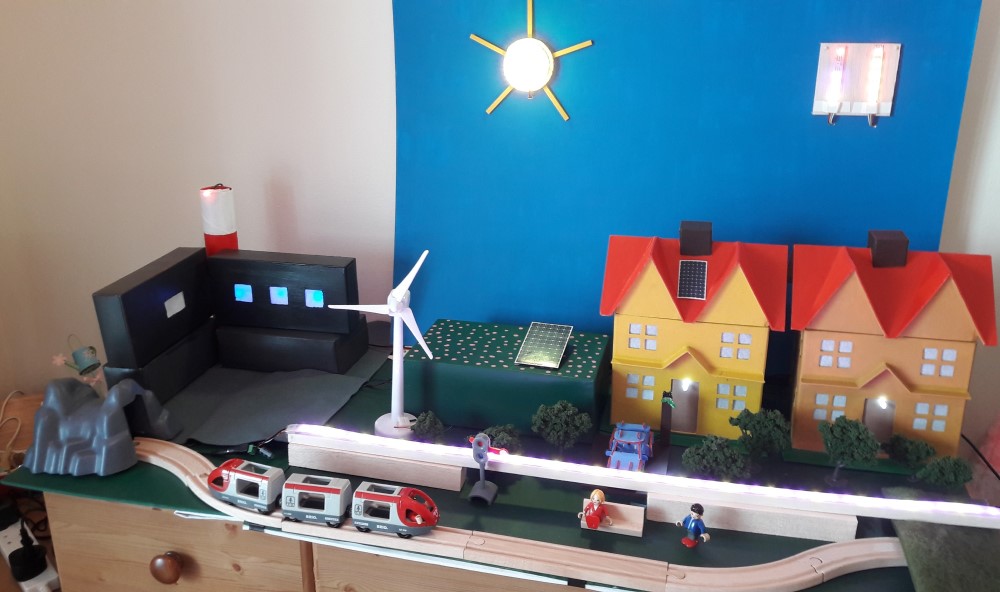How can we use renewable energies in everyday life? An engagement activity at Swansea Science Festival
December 17, 2020 Dr Grazia Todeschini

Using a reduced-scale model of a small urban area, Dr Grazia Todeschini demonstrated some of the ways we can use renewable energies in everyday life.
The demonstration was part of the Swansea Science Festival that took place from 21st – 31st October. The festival offers a diverse programme of live (and pre-recorded) events and activities on all areas of science and engineering. This year, for the first time, the festival was delivered online allowing people to gain access to sessions, wherever they are in the world. Topics included exploration of the furthest reaches of our planet, the future of the universe, time travel, dreams, machines, and some of the world’s deadliest animals. Special guests included Professor Brian Cox, Steve Backshall, Konnie Huq and David Baddiel.
The annual festival is Wales’s largest free science festival and one that brings the whole community together through a shared love of science.
Dr Todeschini’s live session examined how different energy sources including wind, solar and fossil fuels supply electricity and explored how renewable resources can help meet energy demand. It draws on research from the SPRINT (Sustainable Power & Renewable Energies Integration) research group which is part of an EPSRC project examining the best ways to include renewable energies into an existing power system.
The demonstrator showcases the different ways we can use renewable energy sources to meet our demand – but also their limitations.

With the target audience in mind (of families and children), Dr Todeschini chose a live demonstration format to deliver simple key messages about the research – using a reduced-scale model village.
Funded by the Greatest Need Fund, the model itself was built using wood, paper, cardboard and acrylic paint plus recycled materials such as tissue boxes and kitchen roll – it took three weeks to build, with the final model measuring 1200 mm x 800 mmm x 1200 mm. Toys and figurines were added to bring the setting to life along with lights powered by the main power supply. The setting up of the demonstration allows various scenarios of energy generation and consumption to be presented, one of which is explained in the pre-recorded video below. The control is carried out by the Arduino board and the various elements are switched on and off using a remote control.
Watch a pre-recorded session of the demonstration here: